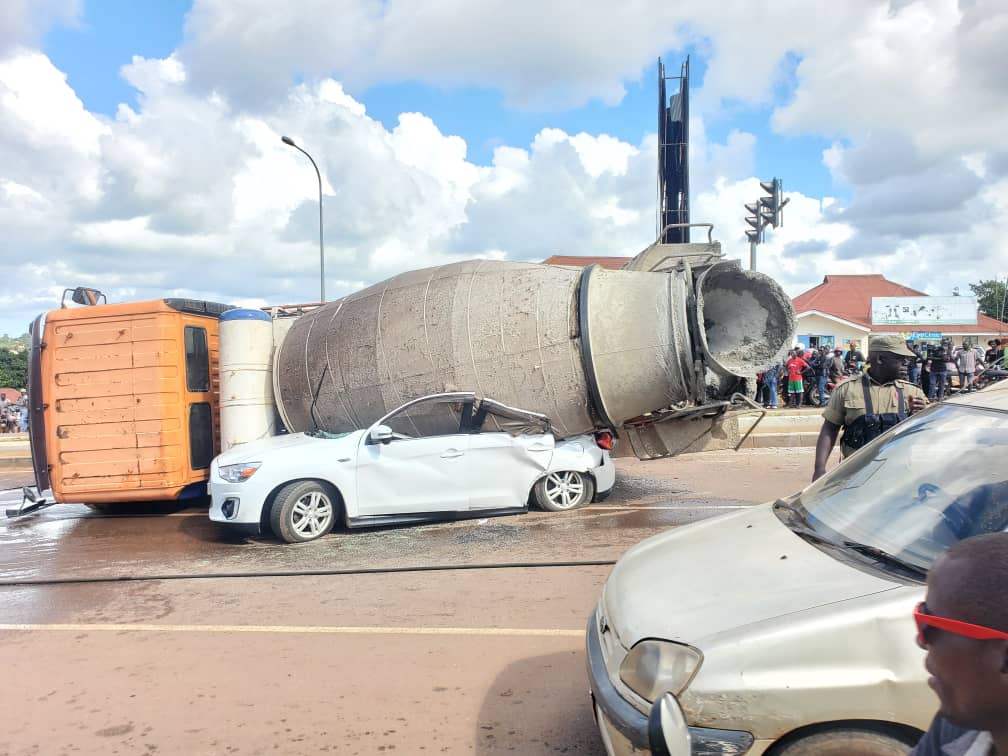Public should preserve key infrastructure in Kampala

Over the years, Kampala’s infrastructure has been changing and offering a new outlook that befits a city status. From the expanded road network with signalised junctions to street solar-powered lights, one cannot help, but appreciate the effort by Kampala Capital City Authority (KCCA).
The improved road network not only offers a seamless mobility for both motorists and pedestrians, but also bolsters the city’s economic growth.
KCCA took over management of the city in April 2011 and when the new road inventory was done in 2015, it was established that the city had a total road network of 2,110kms. With funding from government and development partners, the authority through its directorate of engineering and technical services, has done multi-million projects, giving the city a facelift. Today, the city boasts of more than 600km of paved roads.
For instance, the World Bank through the Kampala Institutional and Infrastructural Development Project (KIIDP) has bankrolled the upgrade of major city roads to Bitumen while others have been maintained with dual lanes. This project is being implemented across all the five city divisions.
Some of the upgraded roads under the KIIDP project include; Makerere Hill Road, Berkley (Bakuli)-Kasubi stretch on Hoima Road, reconfiguration and installation of responsive functional traffic signals at Fairway, Bwaise, Makerere Main Gate, Kira Road and Nakulabye, among others.
Other roads of the same project under construction are; Kulambiro-Ring road (Nakawa division), John Babiiha Road/Acaccia (Central Division), Nakawa-Ntinda road (Nakawa Division), Lukuli Road (Makindye Division), and Kabusu-Bunamwaya-Lweza road (Rubaga).
But as the city authority continues to galvanize its resolve to change the face of the city’s infrastructure, some members of the public are unappreciative as they have gone ahead to vandalise the road installations such as manhole covers and the batteries that power the street solar lights.
Besides, some motorists tend to flout traffic rules and drive on pavements, leaving behind a trail of damages. This leaves the authorities with no option, but to dig deep into taxpayers’ wallet to fix the damages.
Such unorthodox acts not only unmask the bad side of human beings, but also weighs down the effort of the city authority’s technical team, who work tirelessly to ensure that the city’s infrastructure are fixed.
The continued vandalism of the city infrastructure also sends a bad signal to donors who fund such projects because they may assume that the public is not interested in having decent infrastructure and does not know value for money. As such, donors may be hesitant to pump in more funds to support other projects in the city for fear of losing them to the to vandals.
The public should be appreciative of the efforts made by the city authority to plug the infrastructure gaps and take pride in how the road networks have changed for sustainability of the project objectives. They must preserve such projects and jealously protect them against any damages because a road or street-solar light is a public good.
If you vandalise a manhole cover, you will be putting the lives of many Ugandans at risk who might fall in such an open manhole and break their limbs. While the public might not offer much in terms of technical support during implementation of such projects, they can still complement the city authority’s effort by protecting the same and be on the lookout for bad elements, instead of pulling down what has been achieved.
In doing so, we will be building the city together.
Mr Kennedy Okello is the executive secretary of works and physical planning at KCCA.




